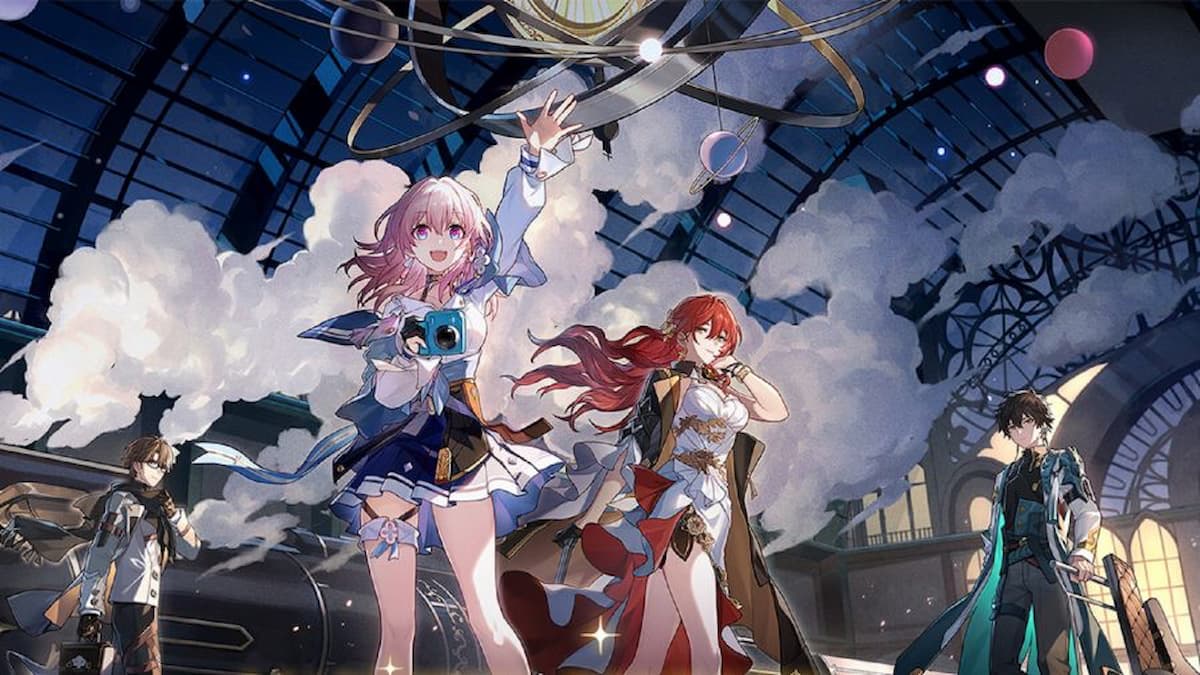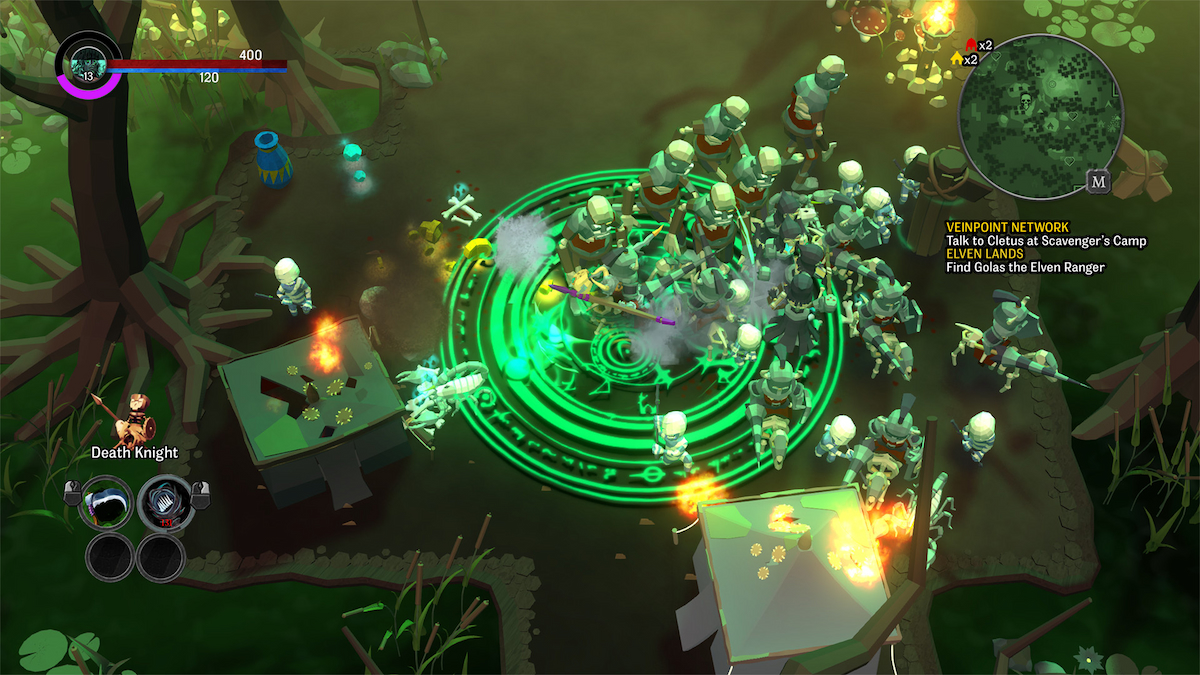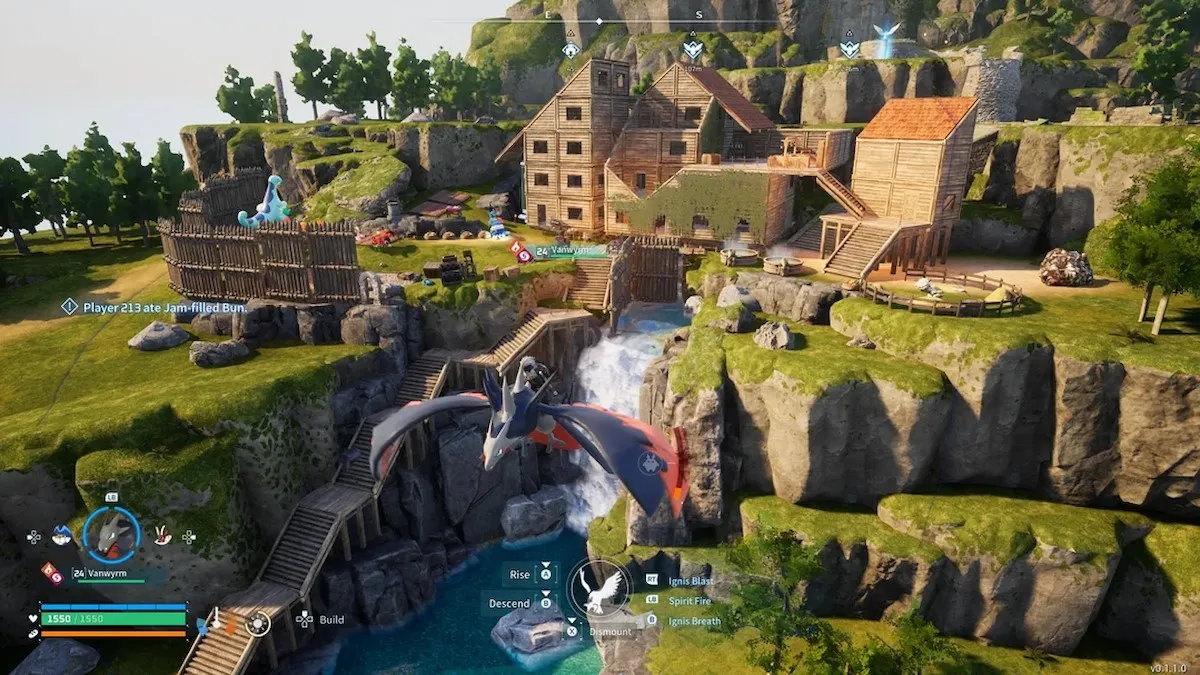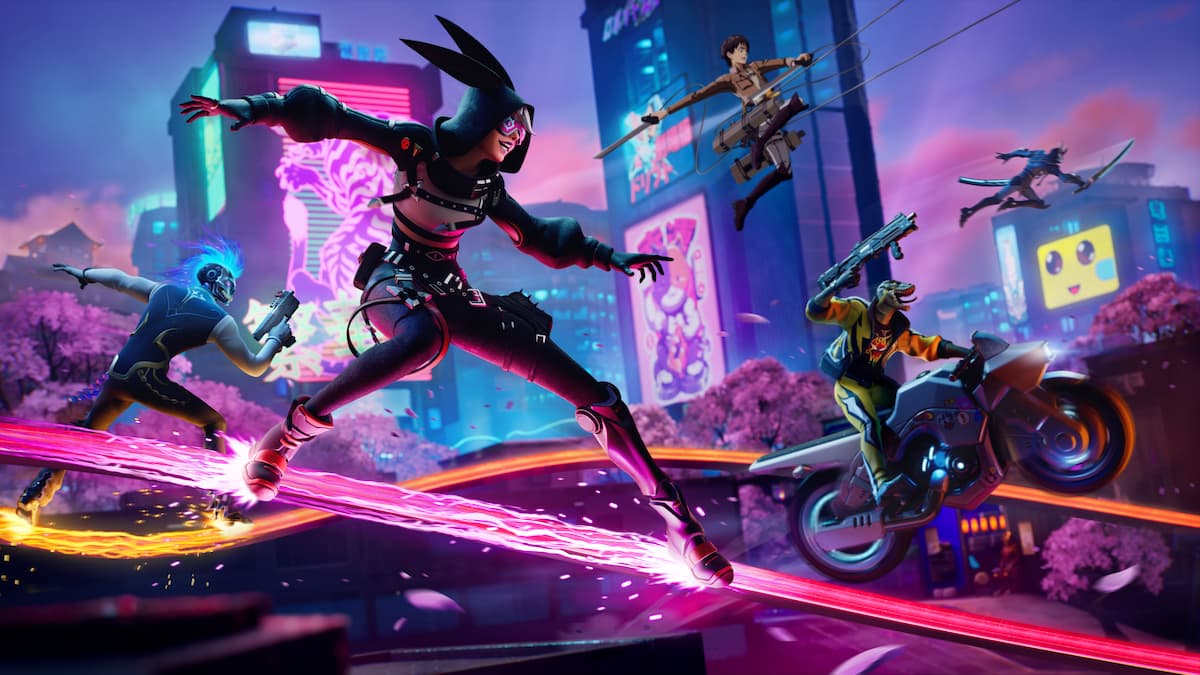Honkai: Star Rail is a really exciting release for a few reasons. It’s the first major game release from miHoYo since the company enjoyed the massive success of 2020’s Genshin Impact. Secondly, it’s the latest installment in the studio’s Honkai series which, while pretty popular in the mobile gacha community, never quite achieved the same heights as Genshin Impact, which raised the bar for gacha games.
Going into the closed beta, I was definitely intrigued to see what kind of lessons miHoYo would pull from Genshin Impact, and the results are looking very promising so far.
One of the biggest changes here is the combat system itself. Instead of utilizing an action combat system from previous Honkai games, Star Rail opts for the more traditional turn-based formula. Now I have nothing against fast-paced action games, but thinking ahead, if I’m going to be playing Star Rail on my phone in short bursts when the final build releases, the slower, methodical nature of turn-based combat will undoubtedly feel a lot more comfortable.
miHoYo has openly stated that with this being their first foray into turn-based RPG gameplay, they still have plenty to learn and tweak. That said, what’s on display in this closed beta already looks pretty damn solid.

Honkai: Star Rail makes use of an elemental-based weakness system. Every character is assigned to one of seven elements in the game, and they deal damage based on that element. The key here is to pinpoint each individual enemy’s weakness, then hit them with the appropriate element to break their guard and stagger them. Once staggered, they’ll take increased damage. If your party is set up properly, you can easily break and defeat all your enemies in one turn.
For more strategic depth, Star Rail also features a point system that feels somewhat similar to Octopath Traveler’s BP system. You’ll earn an action point each turn by using basic attacks, and once you have about three points saved up, you can use one of your characters’ special abilities.
I will say, though, that there doesn’t seem to be a ton of strategic depth as far as these energy points are concerned. Because every character only has one special ability, it doesn’t take long to figure out which ones are worth using, and which are less useful. Each character also comes with an ultimate ability that charges up over the course of a battle, and those can be activated any time you want. Once you’ve got your party setup down and you’ve figured out how to exploit enemy weaknesses, the combat becomes pretty simple.
Granted, this is just a beta, and we could see more advancements down the line, but characters definitely need more than one special skill to give the combat a little more complexity. Despite being a turn-based affair, Honkai: Star Rail excels at making the battles look flashy and exciting, complete with stylish animations and (sometimes cheesy) voice lines to make everything feel that much more epic.

Every inch of this game just oozes style, and you can just tell that a lot of love went into creating it. During my time with the beta, I got to experiment with the Wind-based spear user Dan Heng, and the quirky Ice-based archer March 7th. As I slowly racked up more Stellar Jade (this game’s premium currency, or the Genshin Impact equivalent of primogems) and Rail Passes (read: summoning tickets), my team gradually expanded to include more varied fighters as well.
Team-building is my favorite part of any RPG, and Honkai: Star Rail certainly doesn’t disappoint here. I didn’t have much luck pulling any 5-star units from the gacha system, but even as someone with a lowkey unhealthy summoning addiction, I found myself feeling pretty satisfied with the freebie units. Not only were they more than serviceable in combat (though the trial 5-star units were certainly a step above), the story also does a fantastic job of making them feel like actual characters that you can build a bond with.
One of the key differences between Genshin Impact and Honkai: Star Rail is that this game takes the time to establish the characters that you’re traveling with, making it feel like a more traditional RPG. Compare this to Genshin Impact, where your only constant companion is Paimon, Star Rail follows the story of the Trailblazer as they bond with various characters along the way and embark on a journey together to save the world.
It’s a very cliched setup, but it’s considered a tried and true formula for a reason. It works. Give me fun characters to interact with and toss everyone into life-or-death situations, and I’m in. Star Rail doubles down on the character interaction aspect by introducing the text messaging feature, where various characters would occasionally text you, asking for help with some random fetch quest. You can then respond by choosing from a few different dialogue options, and this really helps to build up the Trailblazer as a proper protagonist, too.
While your dialogue choices won’t necessarily have any lasting impact on the way the story shakes out, it does affect the way that characters react and respond to you. I chose to play my Trailblazer as a snarky girl who complains all the time about having to do menial tasks, and it was definitely comical to watch the other NPCs sigh in exasperation at my lackadaisical attitude.

Overall, I just found myself enjoying the vibe of Honkai: Star Rail way more than I did in Genshin Impact. The sci-fi setting is just a lot more appealing to me personally, and the funky electronic soundtrack definitely helped too.
As far as the gearing system is concerned, Genshin Impact players will feel right at home here. Light Cones are basically this game’s version of equippable weapons, and are mostly obtained through the gacha system. You’ve also got Relics (read: Artifacts) which are farmable from dungeons, and the Eidolon system (read: Constellations) that lets you unlock more character perks whenever you pull dupes of them through summoning.
There really isn’t much to say here, as the gearing and leveling systems aren’t exactly groundbreaking. It’s all pretty standard for a gacha game, and it remains to be seen just how grindy the Relic farm is going to get.
Honkai: Star Rail also features a labyrinth mode called the Simulation Universe, which functions similarly to the Elysian Realm in Honkai Impact. Basically, you’ll form a team before entering the Simulation Universe, and you’ll make your way through several floors as you clear out enemies and pick up random boons and buffs for your party. Choosing the right buffs is crucial here as they can literally make or break a run, and the challenge comes in trying to get as far as possible with a good setup and the right combination of buffs.
There’s a lot more that could probably use some polishing up before the final release, like some sort of victory fanfare screen after battle, showing you all the experience your characters have racked up, along with improved summoning animations. Little things like that. But from what I’ve played so far, Honkai: Star Rail is really shaping up to be another juggernaut in the world of gacha games. It doesn’t necessarily push the envelope forward, especially considering how high Genshin Impact has raised the bar, but it’s still a step above most of the other run-of-the-mill gacha games on the market right now.
As a turn-based RPG fan, Honkai: Star Rail is definitely right up my alley, and it’s one to keep an eye out for if you’ve always wanted a gacha game with huge environments to explore, but didn’t want to deal with finnicky action controls on your phone.













Updated: May 31, 2022 05:08 am